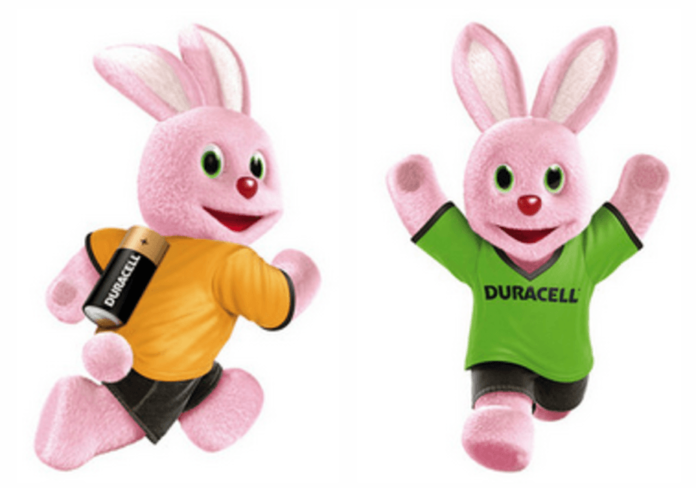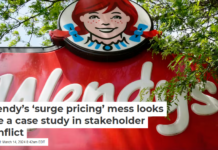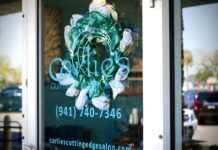
By Adriana Campelo, Cardiff University
The star of John Lewis’s Christmas ad, Monty the penguin, has been leading a march of activity for the company. The cute and fluffy mascot has become the star of the season, thanks to his display of friendship with Sam full of hugs, love and hope. And riding on the back of his popularity are other penguins too.
Biscuit maker McVitie’s have created an advert for their Penguin chocolate bars that plays on the Monty story and a classic Dogs Trust Christmas ad. They tell their customers: “This Penguin is for lunch and not only for Christmas.” Penguin Books also crashed the party, publishing a video on Vine that repurposed #MontyThePenguin for their own penguin mascot.
This use of animals in advertising is an age-old trick to get us talking about brands and buying their products. Brand mascots are effective at triggering the imagination of consumers of all ages – even those of academics.
Brands want us to get their products embedded in our brains and part of our thinking. Take the Duracell Bunny, for example. Duracell has just been bought by Berkshire Hathaway, but it’ll be hard pressed to leave the boundlessly bouncy bunny behind. He not only skis, kayaks and boxes, but runs marathons and plays drums too. Expect this mascot to keep energising the battery market.
Then there’s the Honey Monster, who is brighter, bigger and more honey than ever. The puffs he represents haven’t changed much, but we grew up with his familiar face and now it’s being used to inject some new life into the brand which has even renamed its cereal after him. Children can learn more about this character by following him on Facebook and Twitter, where he has a whole personality to engage with.
As Stephen Brown and Sharon Ponsonby-McCabe, professors of marketing at the University of Ulster have detailed in their book, Brand Mascots: And Other Marketing Animals, brands draw inspiration from fairy tales, fables and the animal realm to capture our imaginations. And, as well as targeting consumers, they are beginning to be used in business-to-business marketing too. Meet Schmoozy Fox, for example.
How they do it

Dressing up for different occasions.
Hone Monster Facebook
While brands themselves are intangible concepts, mascots created and adopted by them act as protagonists of brands’ stories and endeavours. Brand mascots start out as being the personification of a brand’s value then make the brand’s personality more explicit through their characters, traits and mannerisms.
They adopt a persona, perform scripts and, through acting in different settings, can show how they relate to various activities, places and cultural references. The Honey Monster, for example, can dress up for different seasons and festivals, and can adopt the national dress of different countries. Providing brands with a face, voice and mimes, mascots make brand personality actionable and vivid.
Starring in the brand story, mascots help consumers to interact with brands and even to develop affectionate relationships with them. The brand mascot provokes positive emotional reactions, and serves as a “magnet” for consumers. A compelling back-story makes a brand memorable and effectively passes on key messages to consumers. How can you not be touched by the story of hope and love communicated in John Lewis’s Christmas advert? And because of its ability to move you, you go and talk about it with your friends and family.
Brands appeal to us at a tangible and an intangible level and mascots are key to doing this. As a tangible manifestation of the company, the mascot provides the brand with a symbol, as a visual reference to the brand. To this visual reference, personality traits are then added, which enhances the brand identity and adds an intangible layer where meaning is transferred onto the brand by consumers and vice-versa.
Choosing the right character
Anthropomorphism is a fertile and inspirational field for marketers to develop these kinds of brand associations. The mascot pantheon is profuse with creatures, totems, animals and animes, archetypally significant and culturally resonant to satisfy a variety of products and businesses.
The challenge resides in defining the most beneficial angle or animated symbol to portray the preferred image. The right creature can physically represent some element of the brand, but also enrich its ideal qualities. Duracell’s use of the bunny, for example, plays on the old fable of the hare and the tortoise, but creates a dynamic example that won’t fall asleep like its counterpart does in the classic story.
The use of anthropomorphic figures emphasises and reinforces brand identity. The use of personality traits in brand identity can refine, improve, polish and make it distinguished. It might add mannerisms and habits, helping to create brand stories and narratives.
As brand ambassadors, cult mascots “walk” the brand identity and help make retailing experiences meaningful. Playing the role of brand PR, Monty the penguin speaks the truth: the best present comes from the heart and not from John Lewis’s shelves. Meanwhile, Chuck from Chupa Chups shares a thoughtful piece of advice of taking “Life less serious”.
![]()
Adriana Campelo does not work for, consult to, own shares in or receive funding from any company or organisation that would benefit from this article, and has no relevant affiliations.
This article was originally published on The Conversation.
Read the original article.




















